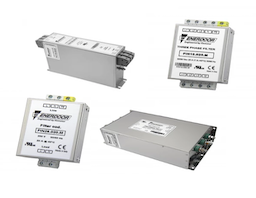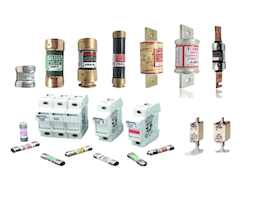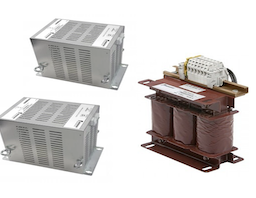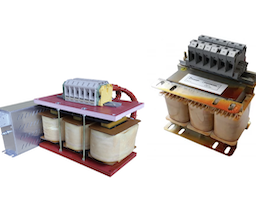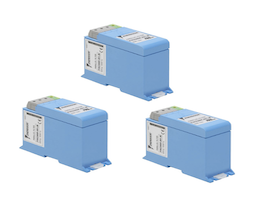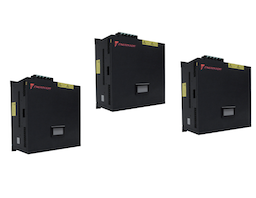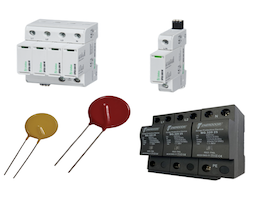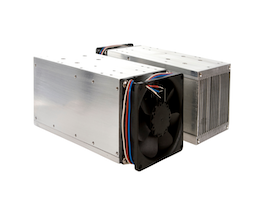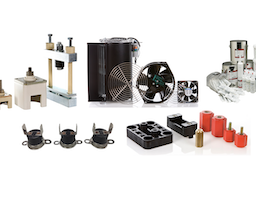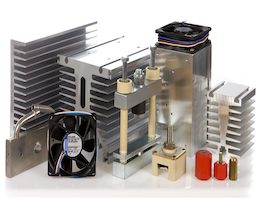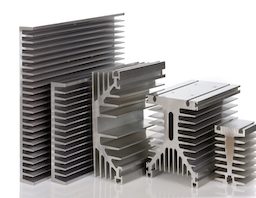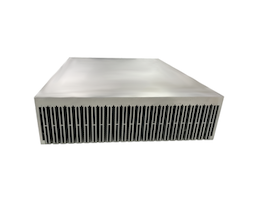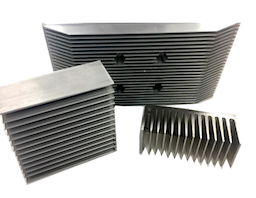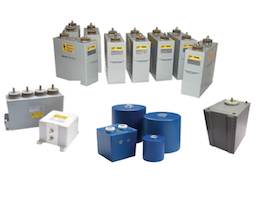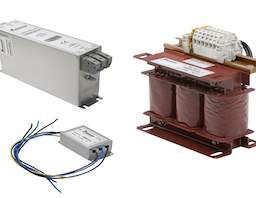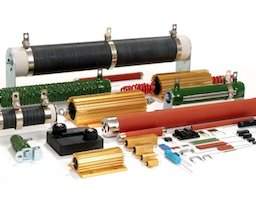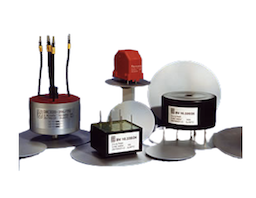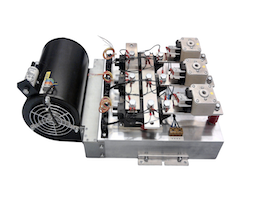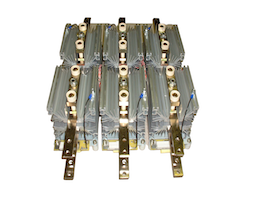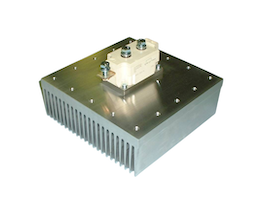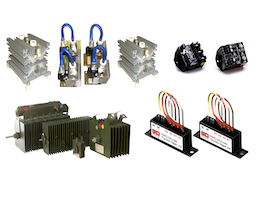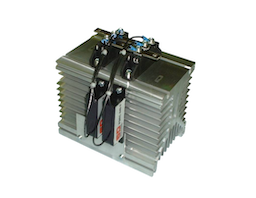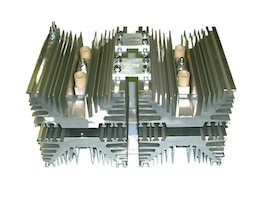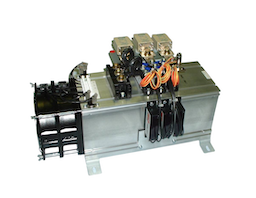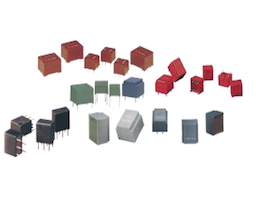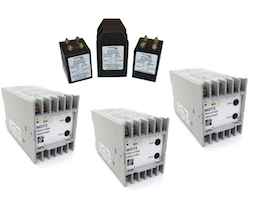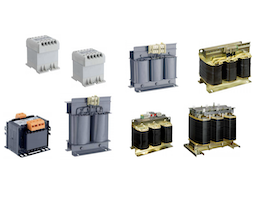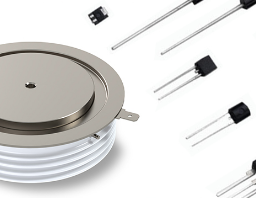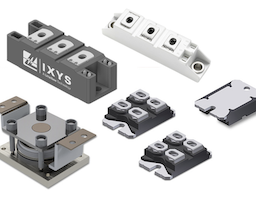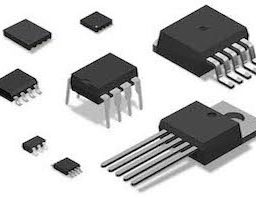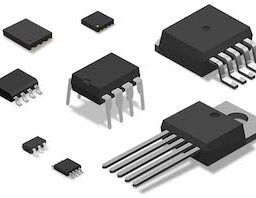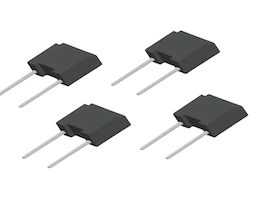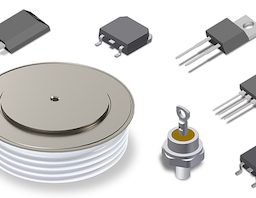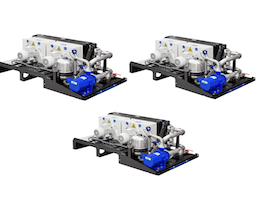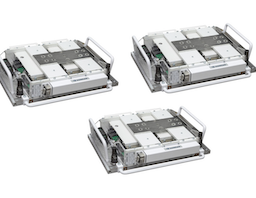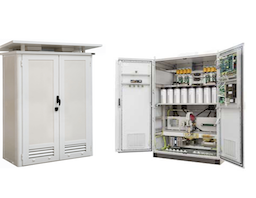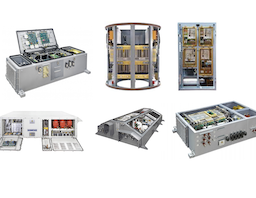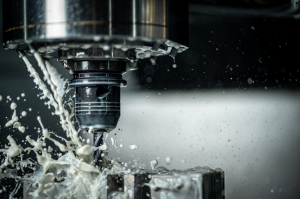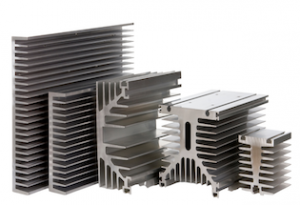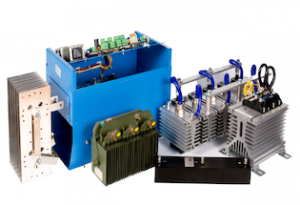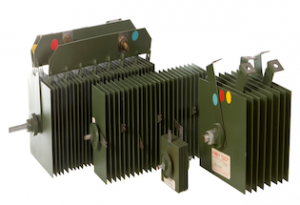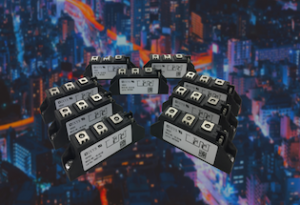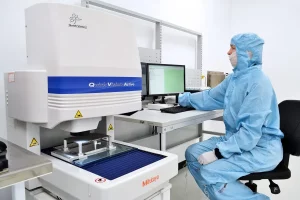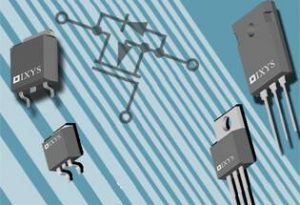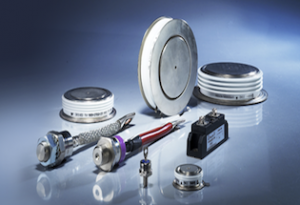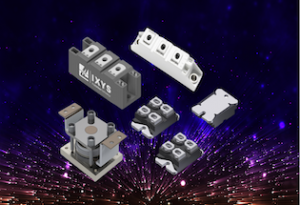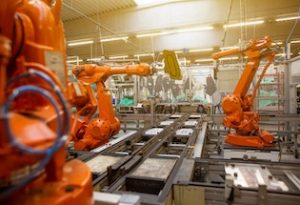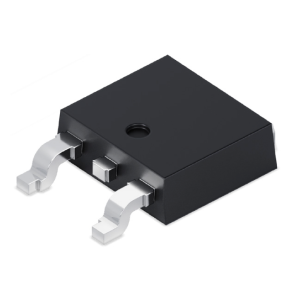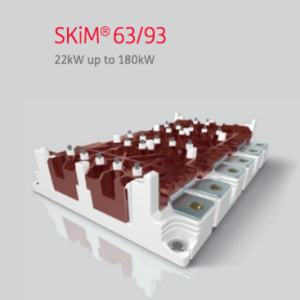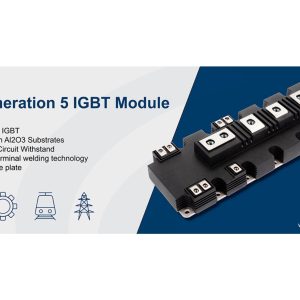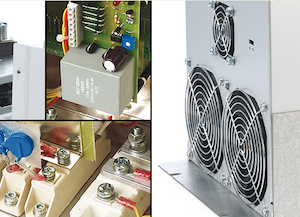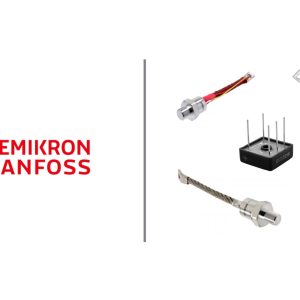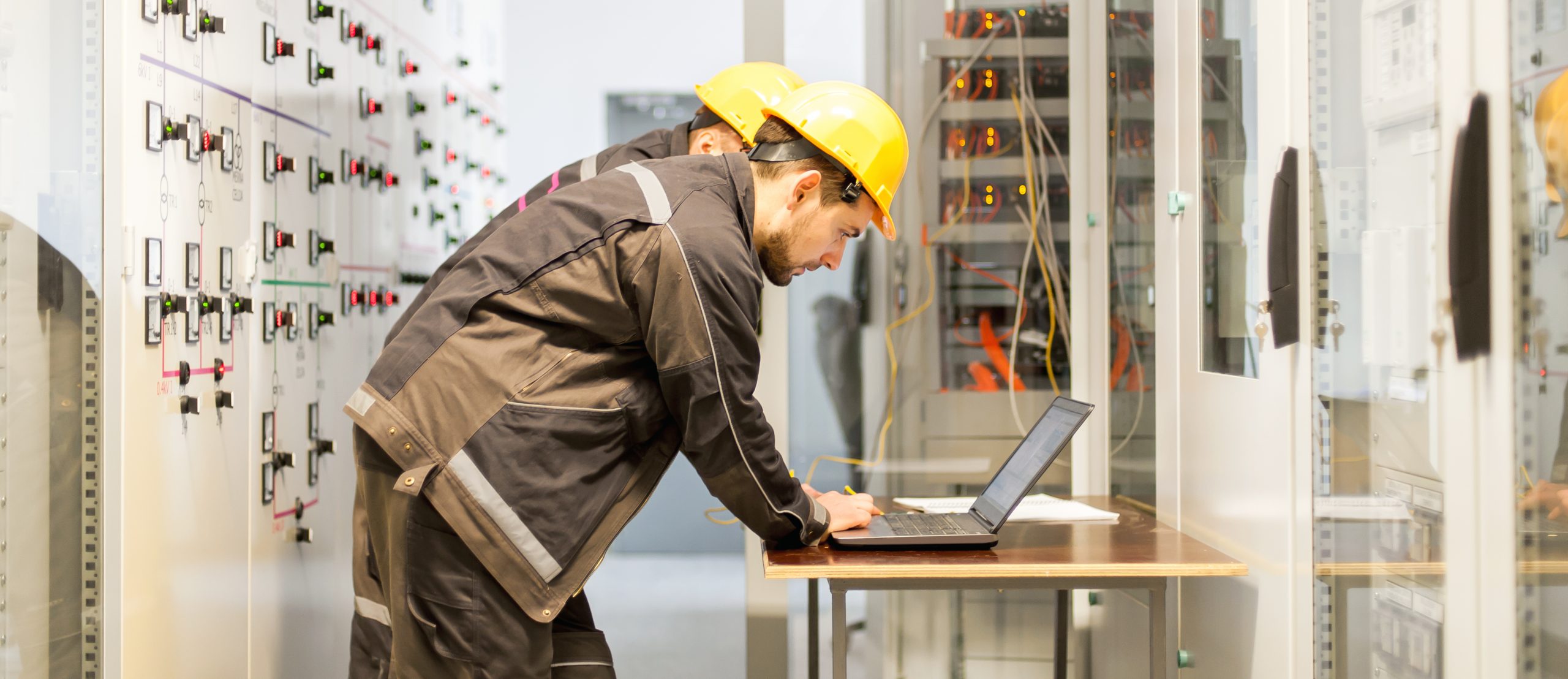11.02.2021
February 2021 – The Engineering Landscape is Changing
Published on: 11/02/2021
GD Rectifiers’ Managing Director discusses how the engineering landscape is changing in 2021

Paul Bentley, Managing Director of GD Rectifiers shares how the engineering landscape is evolving and the factors playing a pivotal role in it’s future.
Engineering Landscape – Increased demand for smart electronics
Manufacturers of electronics are constantly launching new products because the more that are brought to market and the more that can be sold, the more profit to be made. Naturally, the countries that produce the most amount of electronics, require the highest quantity of designers and engineers.
Smart electronics, in particular, smart watches, tablets and mobile phones are developed rapidly over recent years and engineers are having to keep up and be adaptable with the ever-changing latest technologies.
Rise of robots in the engineering landscape
One of the biggest topics of conversation at the moment, is robotics and how likely the world is to use them in future years. The University of Oxford compiled a recent study that found over 700 jobs are at risk of technical disruption, which equates to approximately 47% of jobs being at risk due to artificial intelligence.
The analysis firm, Oxford Economics predicts that up to 20 million manufacturing jobs could be replaced by robots by 2030.
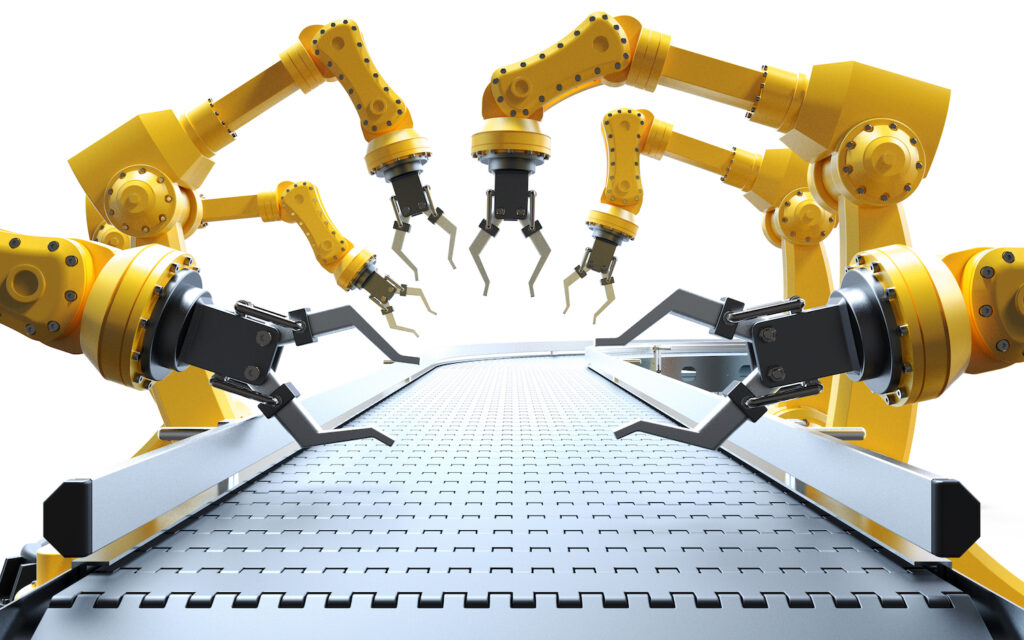
Whilst engineering roles require a great deal of creativity, practicality and technical acumen, it is unlikely that engineering jobs will be replaced by robots any time soon. However, it could be beneficial to large organisations that require fast, automated packing on a large scale.
Green engineering
Climate change is continuously at the forefront of people’s minds these days, from choosing personal eco-friendly choices to trying to reduce our corporate footprint, everyone is looking to do their bit to make an impact.

With this shift in focus, engineers have found themselves under increasing pressure to design sustainable products which have a positive impact on the climate and products that are environmentally friendly throughout their lifespan. Engineers are constantly looking to design products that preserve natural resources, are cost-efficient and support human and natural environments.
Careers in Engineering
Electronic engineering has been a widely recognised field since the 1950’s. The industry was revolutionised in 1835 when Joseph Henry invented the first relay, which has since developed into a high a demand industry market.
Electronic engineers design, test and develop the manufacture of electronic components and equipment ranging from motors and power generator products, to mobile phones, computers, robotics and industrial engineering.
There has always been a gender gap in engineering, which is still prominent today, with only 16% of undergraduates in engineering and technology are women. Today many initiatives are being launched to encourage both the younger generation and women to fulfil roles in engineering. The Royal Academy of Engineering recognises the disparity and has launched ‘This is Engineering Day’ initiative which aims to address the diversity shortfall in engineering – in particular across gender, race, age and religion. They are determined to change the perception and stereotype of engineers worldwide and have managed to receive support from some of the world’s biggest OEMs in the industry.
The best way for aspiring engineers to get in to the industry and gain shop floor and factory experience is through work placements or apprenticeship programs.
What’s in store this year
The engineering industry is going green and adapting to be more sustainable, we are in the initial stages but this will revolutionise engineering in the coming years. Environmentally friendly designs that will be eco-friendly to maintain is at the forefront of the engineers’ mind.
Hopefully in the next ten years we’ll see more a broad range of diversity across the engineering landscape and as an industry we’ll be responsible for a much smaller carbon footprint.
Robotics are likely to have taken over a wide of automated manufacturing roles such as warehouse pickers, packers and loaders, but we will still need the attentiveness of humans to oversee the process and address any problems or complaints.
Paul Bentley is the Managing Director of GD Rectifiers, the independent distributor and manufacturer of products, services and solutions to commercial and industrial users of power electronic components.
For further information on GD Rectifiers’ product range, please call: 01444 243 452 or email: enquiries@gdrectifiers.co.uk.
